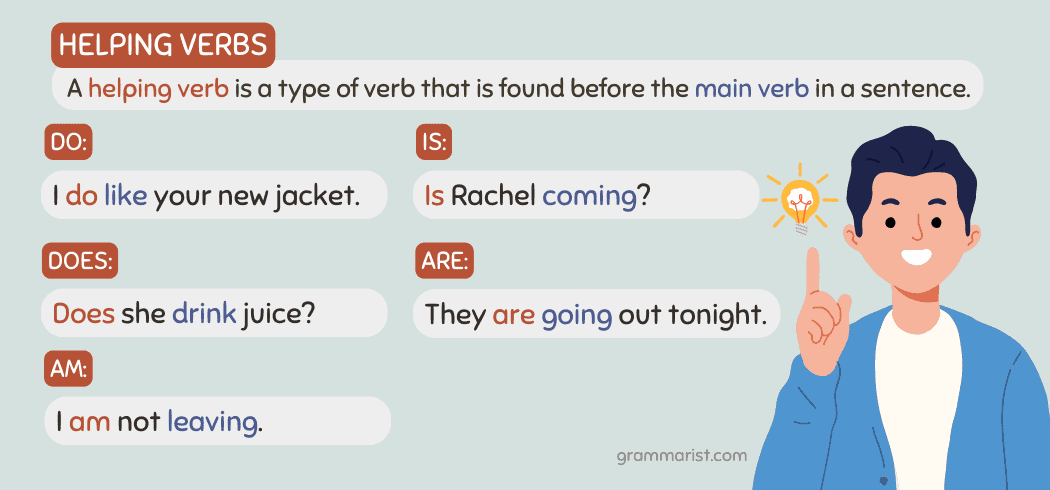DIY Guide to Fixing a Leaky Refrigerator Water Dispenser: Step-by-Step Solutions and Troubleshooting
Understanding Refrigerator Water Dispenser Leaks
Leaky refrigerator water dispensers can create hassle and even damage your kitchen floor over time. Addressing the problem promptly not only ensures your appliance remains efficient but also prevents mold, water waste, and costly repairs. This guide provides a comprehensive, do-it-yourself approach for diagnosing and fixing the most common causes of water dispenser leaks, empowering homeowners to resolve issues safely and effectively.
Common Causes of Refrigerator Water Dispenser Leaks
Several issues may cause a refrigerator water dispenser to leak. Recognizing these helps narrow down the troubleshooting process and leads to faster repairs. The most frequent culprits include:
- Faulty or clogged water filter : An incorrectly installed or clogged filter can cause leaks at the filter housing or dispenser.
- Loose or damaged water line connections : Water lines may develop cracks or come loose at the connection points, resulting in drips or pooling water.
- Frozen water lines : Ice buildup inside the water line can cause pressure changes and leaks.
- Defective water inlet valve : If the valve supplying water to the dispenser fails to close properly, it may result in continuous dripping.
- Cracked or worn dispenser components : The dispenser assembly, including paddles and micro switches, can break or wear out, leading to leaks.
Step-by-Step Instructions to Fix a Leaky Water Dispenser
Follow these detailed steps to troubleshoot and repair your refrigerator water dispenser leak. Before beginning, always unplug the refrigerator and turn off the water supply to prevent electrical hazards and further water damage.
1. Inspect and Replace the Water Filter
Begin by checking the water filter. A filter that is old, clogged, or not properly seated may cause leaks at the filter or dispenser. Remove the filter and examine it for clogs or physical damage. If it’s been more than six months since the last replacement, install a new filter. Ensure the new filter is compatible and installed according to your refrigerator’s model specifications. Many manufacturers recommend replacing filters twice a year to maintain water quality and prevent leaks [1] .
2. Check Water Line Connections for Leaks
Pull the refrigerator away from the wall to access the water line. Examine the line for kinks, cracks, or loose fittings at both the valve and dispenser ends. Tighten any loose connections with an adjustable wrench, and replace damaged tubing as needed. If you notice moisture or puddling beneath the fridge, use a dry paper towel to isolate the leak’s location. Be careful not to overtighten fittings, as this may damage plastic components [2] .
3. Thaw and Clear Frozen Water Lines
If your refrigerator is set too cold, water lines can freeze, causing leaks or erratic dispenser behavior. To thaw a frozen line, you can:
- Raise the refrigerator temperature for several hours.
- Gently use a hair dryer on a low setting, taking care not to melt plastic parts or create a fire hazard.
Once thawed, check for leaks and restore the temperature to a safe range (typically 37-40°F for the refrigerator compartment) [3] .
4. Inspect the Water Inlet Valve
The water inlet valve controls the flow of water into the dispenser. A faulty valve may drip continuously, creating a persistent leak. To inspect and, if necessary, replace the valve:

Source: familyhandyman.com
- Unplug the refrigerator and shut off the water supply.
- Locate the inlet valve (usually at the back, near the bottom).
- Disconnect the water line and electrical connectors.
- Check for mineral buildup or visible damage.
- If the valve appears faulty, replace it with a new, model-specific part.
Always refer to your refrigerator’s manual for valve specifications. If unsure, consider contacting an appliance repair specialist, as improper installation may void warranties or cause further issues [1] .
5. Examine the Dispenser Assembly and Paddle
Over time, the dispenser’s internal components-such as the paddle, springs, and micro switches-may wear out or break, resulting in drips or leaks. To inspect or replace these parts:
- Unplug the refrigerator and remove the dispenser cover using a screwdriver.
- Check for broken paddles, stuck springs, or damaged switches.
- Replace worn parts with manufacturer-approved replacements.
- Reassemble and test the dispenser for proper operation.
For model-specific guides or part breakdowns, search your refrigerator model number on the manufacturer’s official website or consult appliance parts retailers [4] .
Preventing Future Leaks
Routine maintenance is key to preventing future leaks. Adopt these best practices:

Source: artofit.org
- Replace water filters every six months or as recommended by the manufacturer.
- Periodically inspect water lines and connections for wear or damage.
- Keep refrigerator and freezer temperatures within recommended ranges.
- Clean the dispenser area regularly to prevent buildup of minerals or debris.
- Schedule annual appliance inspections if your fridge is over five years old.
Consistent upkeep extends the lifespan of your appliance and ensures safe, clean water for your household.
When to Call a Professional
While many leaks can be resolved through DIY repairs, certain situations warrant professional assistance. If you encounter persistent leaks after replacing filters and checking lines, suspect electrical issues, or feel uncomfortable working with plumbing or wiring, it’s best to contact a certified appliance technician. For manufacturer warranty claims, always work with authorized service providers to avoid voiding coverage.
If you need help finding a local appliance repair specialist, you can search for licensed providers in your area using online directories, your refrigerator brand’s official support page, or by contacting major retailers’ service departments. Always verify credentials and reviews before hiring a technician.
Alternative Approaches and Additional Tips
If your refrigerator is an older model, parts may be harder to find. In such cases, consider contacting the original manufacturer or searching reputable appliance parts suppliers online. For recurring leaks that coincide with ice maker use, inspect the ice maker assembly as well-sometimes a related malfunction can affect both the ice and water dispensers.
For environmentally conscious disposal of damaged water filters and components, check local recycling programs or consult your city’s waste management department for proper handling guidelines.
Summary of Key Takeaways
Fixing a leaky refrigerator water dispenser involves methodical troubleshooting, from checking filters and water lines to inspecting valves and dispenser assemblies. By following these steps and maintaining your appliance, you can restore reliable performance and prevent future leaks. If in doubt, professional help is available through official appliance repair services and certified technicians.
References
- [1] Sears Home Services (2025). Refrigerator Water Dispenser Not Working? Here’s a Guide.
- [2] YouTube: Repair & Replace (2024). Refrigerator Not Dispensing Water? (Troubleshooting Guide).
- [3] YouTube: Repair & Replace (2024). Fridge Water Dispenser Slow? (Troubleshooting Guide).
- [4] YouTube: Repair & Replace (2024). Refrigerator Dispenser Assembly & Paddle.



